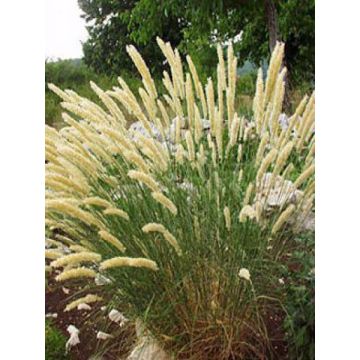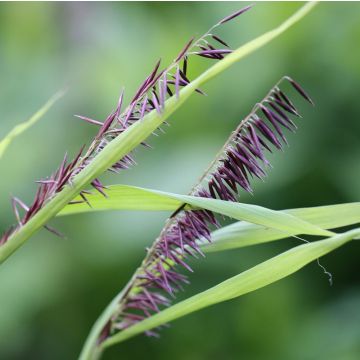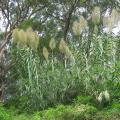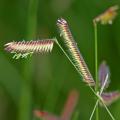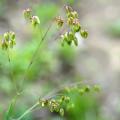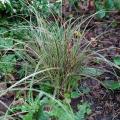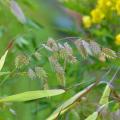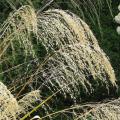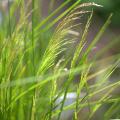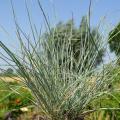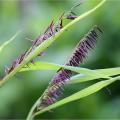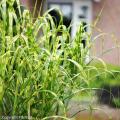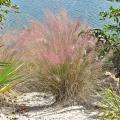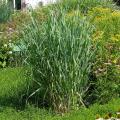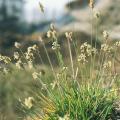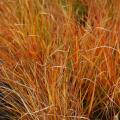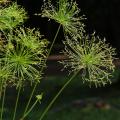Melica
Does this plant fit my garden? Set up your Plantfit profile →
Available in 2 sizes
Available in 2 sizes
Available in 1 sizes
Available in 1 sizes
Melica, the melic grass, is a grass of the Poaceae family that includes over 70 species of hardy perennials, native to temperate regions. The most familiar ones are Melica ciliata (ciliate melic grass), common in most of our territory, Melica nutans (nodding melic grass), found in shaded woods and rocks in the east of our country, or Melica altissima (especially its lovely variety 'Atropurpurea'), the tallest of the genus. There are melic grass species for sunny, semi-shaded or even shady areas (Melica uniflora), for arid situations or for wet soils. There is at least one for every situation. Melic grasses have a dense growth and develop from a rhizomatous stump. Their height varies from 20 cm (8in) to over 1 m (3ft), depending on the species. All are very cold-resistant and bloom in late spring and early summer, in the form of slender upright panicles above the compound foliage of long and narrow linear leaves, sometimes slightly curled. Plant in spring in cold regions or in heavy and compact clay soil. Melic grasses are easy to grow plants that bring architectural style and lightness to flowerbeds, borders, slopes, gravel gardens, water features and natural style planting groups. Place them among your favourite perennials or in combination with other grasses in a minimalist or rustic style.
Haven't found what you were looking for?







































